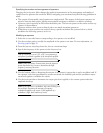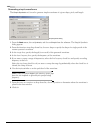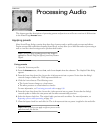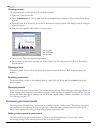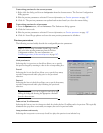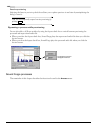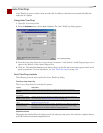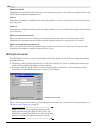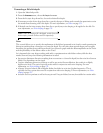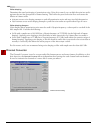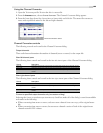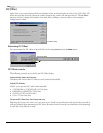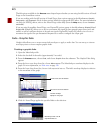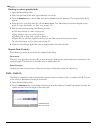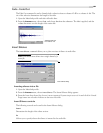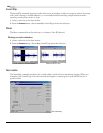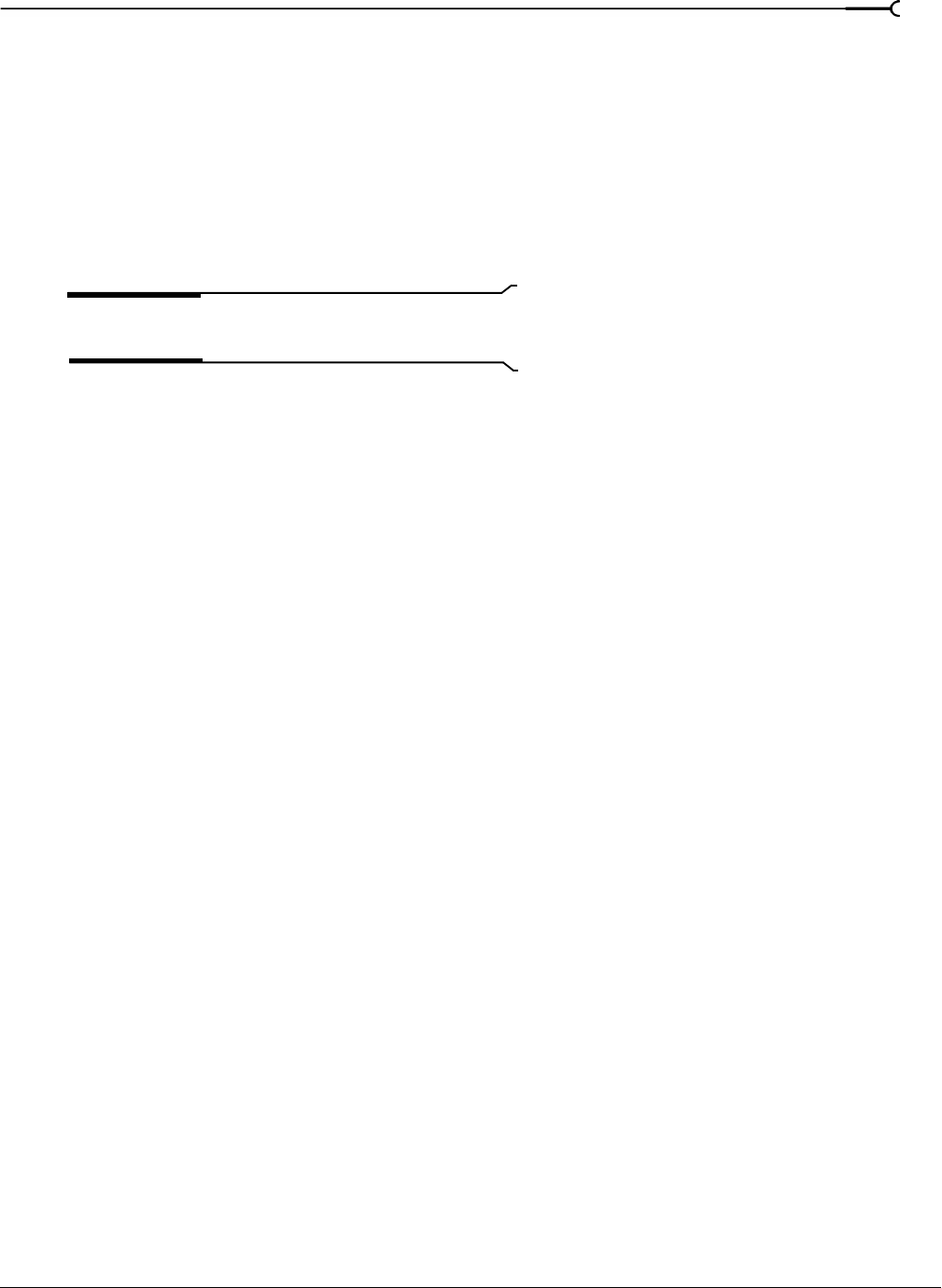
CHP. 10 PROCESSING AUDIO
151
Converting a file’s bit depth
1.
Open the Musicbed.pca file.
2.
From the Process menu, choose Bit-Depth Converter.
3.
From the Bit depth drop-down list, choose the desired bit depth.
4.
If necessary, use the Dither drop-down list to specify the type of dither used to mask the quantization noise
the results from lowering a file’s bit depth. For more information, see Dither on page 151.
5.
If desired, use the Noise shaping drop-down list to specify any noise shaping to be applied to the file. For
more information, see Noise shaping on page 152.
Note:
When increasing a file’s bit depth, set the Dither and
Noise shaping controls to None and Off respectively.
Dither
This control allows you to specify the randomness of the dither (generated noise) used to mask quantization
distortion resulting from conversion to a lower bit depth. You can select from several shapes, each roughly
describing the pattern that would be produced if you plotted a graph with the dither amplitude on the X-axis
and the probability of the dither values on the Y-axis.
As is frequently the case when working with audio, experimentation with dither values yields the best
results; however, keep the following information in mind:
•
Rectangular eliminates distortion resulting from conversion to a lower bit depth, but the noise level is more
likely to be dependent on the signal.
•
Triangular eliminates distortion products as well as any noise floor modulation, but results in a slightly
higher noise level. The option typically works well in conjunction with noise shaping. For more
information, see Noise shaping on page 152.
•
Highpass Triangular behaves like triangular dither, but shifts its noise into higher frequencies. This is
typically the best option when used in conjunction with noise shaping. For more information, see Noise
shaping on page 152.
•
Gaussian does not perform as well as Rectangular and Triangular dither, but may be suitable for certain audio.



